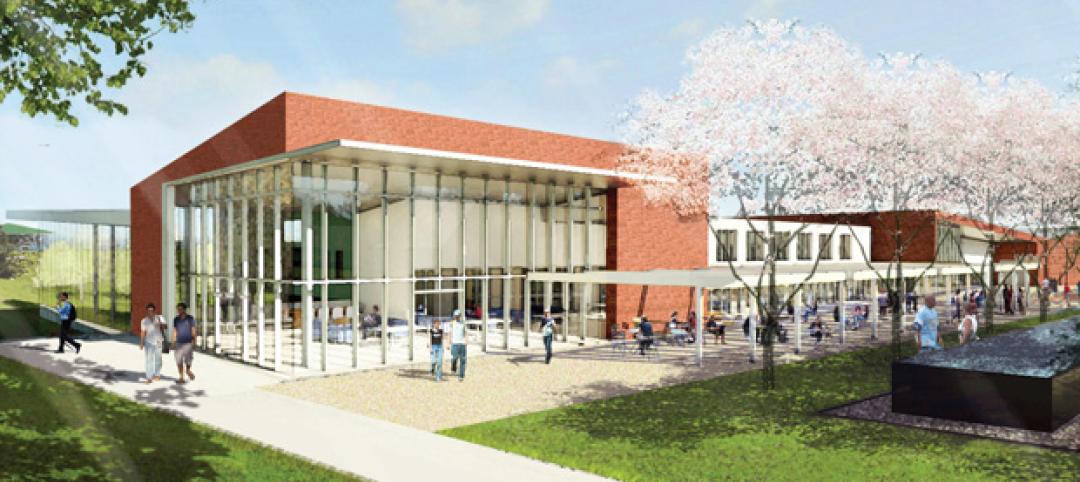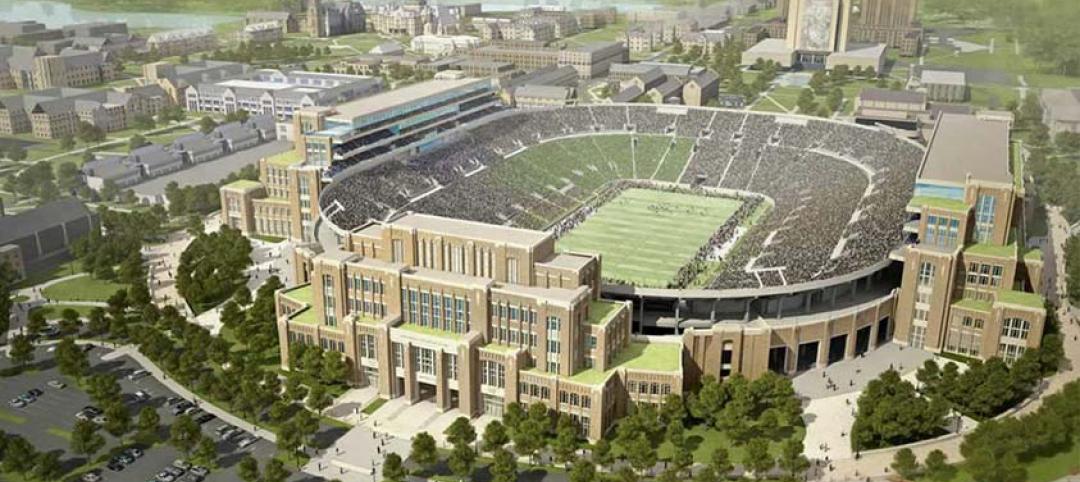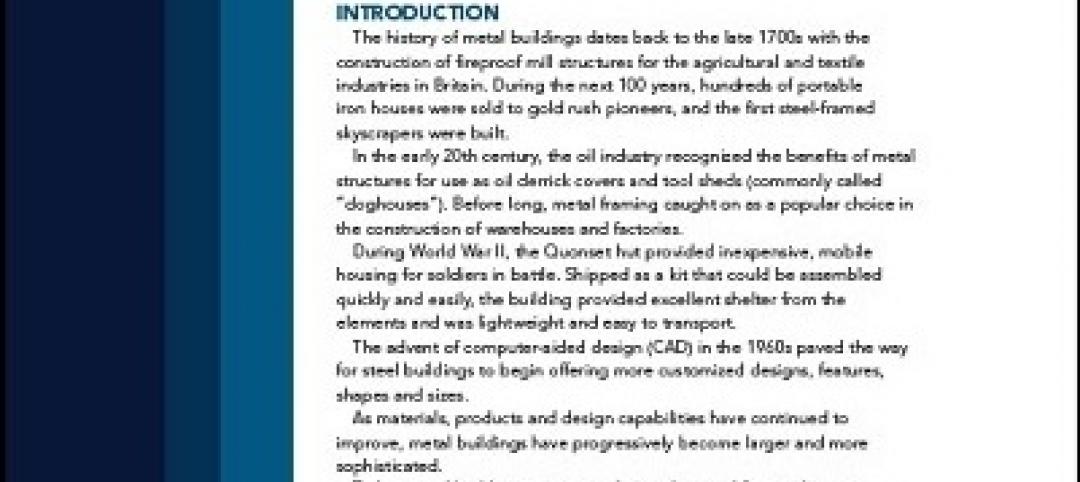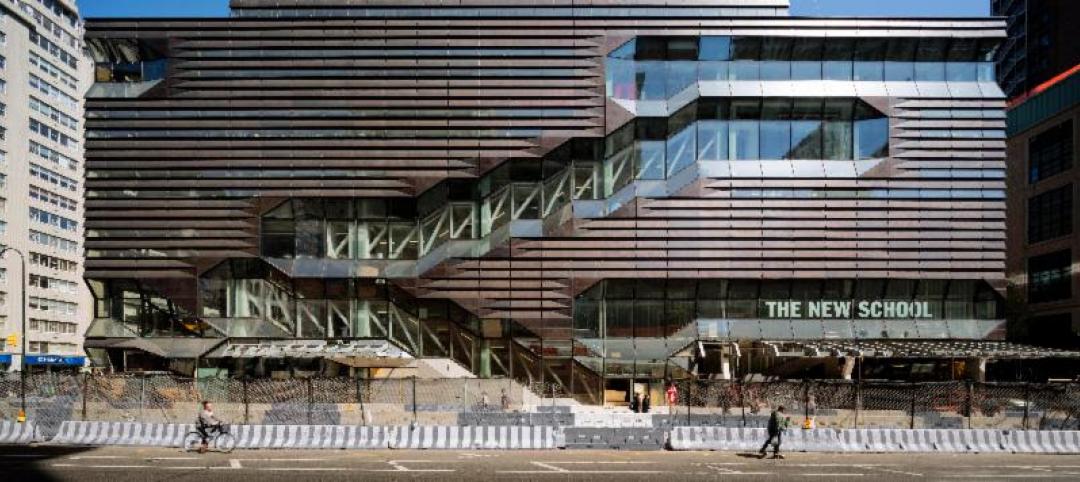Predictable, flexible, and efficient, prefabrication is quickly becoming an integral part of many construction projects. Though not a one-size-fits-all solution, prefabrication can address a multitude of common challenges—particularly as schedules continue accelerating, while labor capacity is decreasing.
From jobsite issues and location constraints to sequencing and scheduling, each project comes with a unique set of challenges, requiring a tailored solution on a per-project basis. While prefabrication, its utilization, and the approach differ for each project, the results and benefits for owners are consistent.
Is prefabrication right for my construction project and how can I plan for success? There are many factors requiring careful consideration when determining whether a project is a good fit for prefabrication and optimizing a project’s prefabrication plans.
Owner requirements
- Owner prefabrication expectations — Some owners, particularly in certain industries such as mission critical and healthcare, have prefabrication parameters that teams must work within. For example, when owners have multiple projects in the pipeline, it is becoming more common that prefabricated products may be bulk purchased for multiple projects.
“We’re seeing more bulk purchasing of premanufactured components,” said Prefabrication Integration Director Sara Curry. “For instance, a healthcare client recently bought bathroom pods for five jobs at the same time and will store them until each job needs them. This is one example of how owner programs can impact project delivery.” Many owners also have directives to track and meet predetermined off-site goals. - Matrix of responsibility — To meet all requirements, there needs to be a clear matrix of OFCI/OFOI responsibility for both the owner-furnished equipment and modular or premanufactured components.
Construction type
- Construction type can significantly impact prefabrication, whether to utilize it, and to what extent. But ultimately, all project types—greenfield, expansions, renovations and buildouts—can be good candidates for prefabrication.
Team Assembly
- Getting team members on board during design to explore potential options and plan ahead for optimal prefabrication outcomes is crucial. This ensures alignment of goals, expectations, accountabilities, plans and efficient execution from start to finish.
Budgets
- With current cost escalation and evolving economic conditions, teams can gain cost certainty by finalizing decisions and purchasing components and materials for fabrication sooner.
- Since a premium could be associated with certain prefabrication plans, teams should ensure prefabrication/modularization costs align with project goals, such as speed to market.
Design optimization
- Design optimization, or designing for prefabrication, enables contract documents to clearly articulate the scope of each prefabricated or modular component, including where conventional methods will be required for complete, efficient installation.
Logistics
- Laydown, the logistics of loading different sized components into and throughout the building, and onsite storage plans must be carefully considered.
Trade Partner Expertise
- Assess trade partners’ prefabrication capabilities and their offsite facilities to ensure alignment with the project’s needs.
- Depending upon local labor availability and expertise, remote prefabrication and long-distance transportation to the jobsite should be considered.
What pain points can prefabrication solve?
The enhanced collaboration and planning associated with prefabrication help mitigate project risks and address a range of potential pain points throughout design and construction.
Cost escalation and supply chain challenges. Offsite construction can help mitigate some of today’s common—and unpredictable—challenges, such as cost escalation, long procurement lead times, and labor shortages by identifying these issues early enough to address them before they can affect the project.
Jobsite issues. From organizing and storing equipment, to coordinating trades to maximize efficiency and space, shifting work offsite for prefabrication can help alleviate common jobsite issues, including site cleanliness and safety, materials storage, delivery inefficiencies, onsite traffic and congestion, and trade stacking.
Scheduling. The decision to utilize prefabrication affects the entire project, requiring design and construction teams to collaborate earlier, ultimately driving schedule efficiencies. While offsite construction typically increases the time required during design to coordinate certain components, the effect is a positive one that yields efficiencies throughout the entire construction process.
“The additional design coordination provides more opportunities to catch issues earlier. This helps alleviate the need for additional coordination after construction documents are issued. Additionally, by starting earlier we can fine tune other factors affecting the overall schedule and speed to market, such as delivery of premanufactured components and sequencing of installation,” said Curry.
RELATED STORIES
- Onsite prefabrication for healthcare construction
- 3 ways prefabrication doubles as a sustainability strategy
- Modular electric rooms are the new normal
What are the prefabrication options?
As prefabrication continues to evolve and its use increases, the options are expanding as well. From comprehensive modular systems to smaller, repeatable components, prefabricated approaches can be scaled and implemented appropriately depending on owners’ and projects’ needs.
Full modular buildings/systems — Completely fit out sections of a building (e.g., a fully finished hotel room or sections of a hospital patient wing); these are turnkey, fully finished products that are simply put in place and connected.
Modular components — Hotel or hospital bathroom pods, electrical rooms, central energy plants/central utility plants
Assemblies — Hospital patient room headwalls and footwalls, multi-trade MEP racks (vertical and horizontal), exterior skin panels
Sub-assemblies — Corridor top out walls, panelized roof systems, pre-clad frame systems (for items like trash enclosers, equipment screens, gates, fences, etc.), temporary items (formwork, enclosers, safety items, protection, access, etc.)
Kit of parts — While some prefabricated components are delivered to the site assembled and ready for installation, another option is to break components down into a “kit of parts” that can be easily assembled onsite to increase efficiency.
“Delivering kits to the jobsite, with parts cut to size, eliminates room for error, enhances quality, and increases efficiency since the process is repeatable and precise,” said Effenheim. “Complete kits—that start with structural components and take a job or scope all the way through finishes—and collated kits—turning basic parts into kits by work area—are great ways to utilize offsite construction for smaller-scale components.”
What are some common prefabrication challenges to avoid?
Put simply, when it comes to prefabrication, timing is everything. Not only is timing of team assembly essential, but the timing of other tasks also plays a critical role in successfully leveraging prefabrication.
Material and equipment selection. Since offsite prefabrication can occur ahead of and concurrently with onsite, conventional construction, decisions must be made and materials must be procured earlier for prefabricated elements to avoid delays and inefficiencies.
Decisions and design changes. Major design changes can have a ripple effect on prefabricated components. “If decisions or the design change after prefabrication starts, timing and cost are affected across the board,” said Senior Superintendent-Prefabrication Nick Effenheim. “Changes can require resequencing of prefab component deliveries, for example, and affect the project schedule. This could then cause double-handling and potentially additional storage costs—meaning one late design change impacts multiple phases of the project.”
Validating existing conditions. Capturing existing conditions with laser scanning on renovation projects can help coordination of the design. “On renovations, existing conditions and verification of space must be completed to ensure prefabricated components will conform with the space. For example, existing systems in a space may make it difficult to install above ceiling multi-trade MEP rack systems,” said Curry.
Licensing. This up-front planning work also applies to licensing. Ensuring the selected modular manufacturer(s) are following local jurisdiction requirements for inspections prior to shipment can save significant time and head off potential delays.
Procurement strategy. To have the greatest impact, when it comes to timing, offsite construction needs to be accounted for before scopes are written. The additional planning and design needed to incorporate prefabrication requires earlier scopes than owners are typically accustomed to. But when an owner’s design team is on board and is part of the design coordination process with the trade partners building the offsite components, how components get built and overall schedule efficiencies are positively impacted.
What does the future hold for prefabrication?
Perhaps the best thing about prefabrication is not simply the benefits or efficiency it offers, but rather the possibilities that are still being realized.
“Schedules are getting more compressed and labor shortages are getting worse,” said Curry. “But those constraints are helping drive innovation and learning. They’re helping us embrace manufacturing best practices and pushing us to be smarter about the way we build. As we continue changing the way we build, we’ll also continue to reap the benefits of these innovations.”
About the Author
Brian Burkett is a Vice President with JE Dunn Construction, based in the firm's Kansas City, Mo., office.
Related Stories
| Jan 31, 2014
6 considerations for rehabbing student union buildings
Most colleges and universities feel pressure to offer the latest amenities in order to attract and retain the best and brightest students. While hauling in the bulldozer to create modern facilities is attractive in some regards, deciding to renovate can be just as effective and, in some cases, even preferable to new construction.
| Jan 30, 2014
How reverse engineering nature can spur design innovation
It’s not enough to copy nature. Today’s designers need a deeper understanding of environmental nuance, from the biome in.
| Jan 29, 2014
Notre Dame to expand football stadium in largest project in school history
The $400 million Campus Crossroads Project will add more than 750,000 sf of academic, student life, and athletic space in three new buildings attached to the school's iconic football stadium.
| Jan 28, 2014
White Paper: How metal buildings deliver long-term value to schools
A new white paper from Star Building Systems outlines the benefits of metal buildings for public and private school building projects.
| Jan 28, 2014
16 awe-inspiring interior designs from around the world [slideshow]
The International Interior Design Association released the winners of its 4th Annual Global Excellence Awards. Here's a recap of the winning projects.
| Jan 28, 2014
Big Ten Conference opens swanky HQ and museum [slideshow]
The new mixed-use headquarters includes a museum, broadcast studios, conference facilities, office spaces, and, oh yeah, a Brazilian steakhouse.
| Jan 22, 2014
SOM-designed University Center uses 'sky quads,' stacked staircases to promote chance encounters
The New School's vertical campus in Manhattan houses multiple functions, including labs, design studios, a library, and student residences, in a 16-story building.
| Jan 17, 2014
The Starchitect of Oz: New Gehry building in Sydney celebrates topping out
The Dr. Chau Chak Wing Building at the University of Technology, Sydney, will mark Frank Gehry's debut project in the Australian metro.
| Jan 15, 2014
Report: 32 U.S. buildings have been verified as net-zero energy performers
The New Buildings Institute's 2014 Getting to Zero Status report includes an interactive map detailing the net-zero energy buildings that have been verified by NBI.
| Jan 13, 2014
Custom exterior fabricator A. Zahner unveils free façade design software for architects
The web-based tool uses the company's factory floor like "a massive rapid prototype machine,” allowing designers to manipulate designs on the fly based on cost and other factors, according to CEO/President Bill Zahner.
















